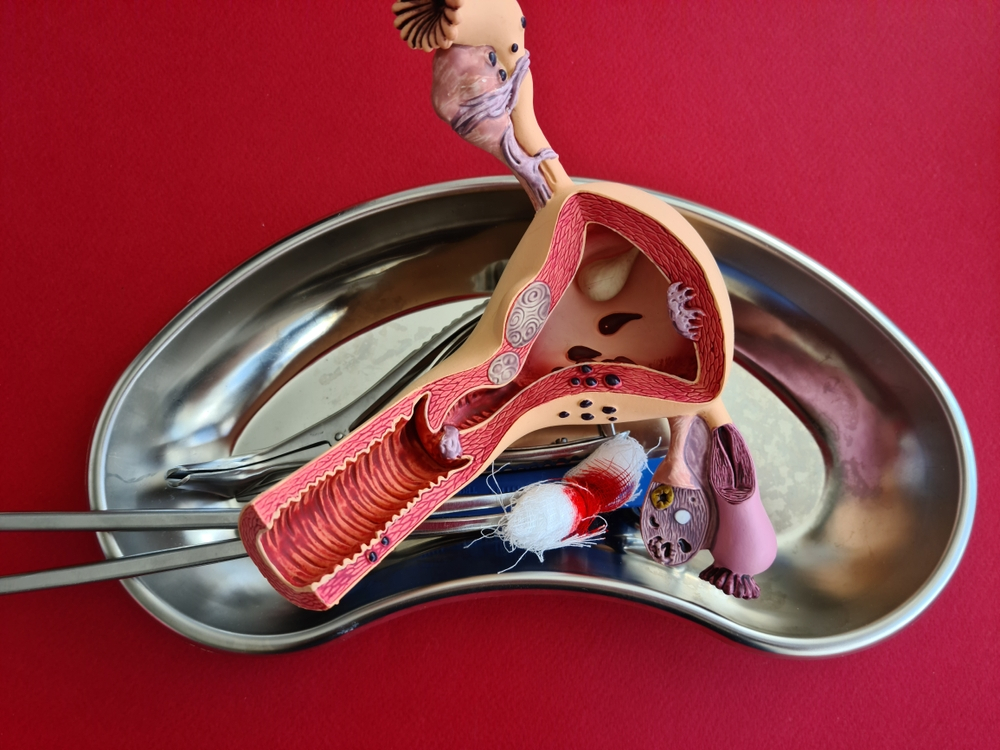
What is Total Laparoscopic Hysterectomy?
Total laparoscopic hysterectomy is a minimally invasive surgical procedure used to remove the uterus (womb) through small incisions in the abdomen. Unlike traditional open hysterectomy, which requires a large abdominal incision, total laparoscopic hysterectomy is performed using specialized instruments and a laparoscope, a thin, lighted tube with a camera attached to it. This allows the surgeon to view and perform the procedure with precision, while minimizing trauma to surrounding tissues.
How is Total Laparoscopic Hysterectomy Performed?
During total laparoscopic hysterectomy, the surgeon makes several small incisions in the abdomen, through which specialized instruments and the laparoscope are inserted. The laparoscope provides a magnified view of the pelvic organs on a monitor, allowing the surgeon to visualize the uterus, ovaries, and surrounding structures. The surgeon then carefully detaches the uterus from the surrounding ligaments, blood vessels, and tissues, and removes it through one of the small incisions. If necessary, the ovaries and fallopian tubes may also be removed during the procedure.
What are the Benefits of Total Laparoscopic Hysterectomy?
Total laparoscopic hysterectomy offers several advantages over traditional open hysterectomy, including:
- Smaller incisions and reduced scarring
- Less postoperative pain
- Shorter hospital stay and faster recovery time
- Reduced risk of complications, such as infection and blood loss
- Improved cosmetic outcomes
- Quicker return to normal activities and work
Who is a Candidate for Total Laparoscopic Hysterectomy?
Total laparoscopic hysterectomy may be recommended for women who require removal of the uterus due to conditions such as fibroids, endometriosis, abnormal bleeding, pelvic pain, or cancer. However, not all patients are candidates for this procedure, and the decision to undergo total laparoscopic hysterectomy should be made in consultation with a qualified gynecologist or surgeon after a thorough evaluation of the patient's medical history, symptoms, and individual circumstances.
Why Choose VMG Hospital for Total Laparoscopic Hysterectomy?
At VMG Hospital, we specialize in minimally invasive gynecological surgery, including total laparoscopic hysterectomy. Our team of experienced gynecologists and surgeons is dedicated to providing high-quality, compassionate care to women in need of hysterectomy. We utilize state-of-the-art technology and advanced surgical techniques to ensure optimal outcomes and patient satisfaction, while prioritizing patient safety, comfort, and well-being throughout the treatment process.
Services
- Adenomyomectomy
- Cancer Surgery
- ECTOPIC SURGERY
- ENDOMETRIAL CANCER
- Endometriosis
- HYSTERECTOMY
- Infertility Surgery
- Isthmocele Repair
- LAPROSCOPIC INTERVAL CERVICAL ENCIRCLAGE
- LAPAROSCOPIC VAGINOPLASTY
- Myomectomy Surgery
- Ovarian Cystectomy
- Prolapse Surgery
- RECANNALIZATION ( TUBOPLASTY )
- Reversal of family planning
- TUBECTOMY
- Urine Incontinence
- Vaginoplasty